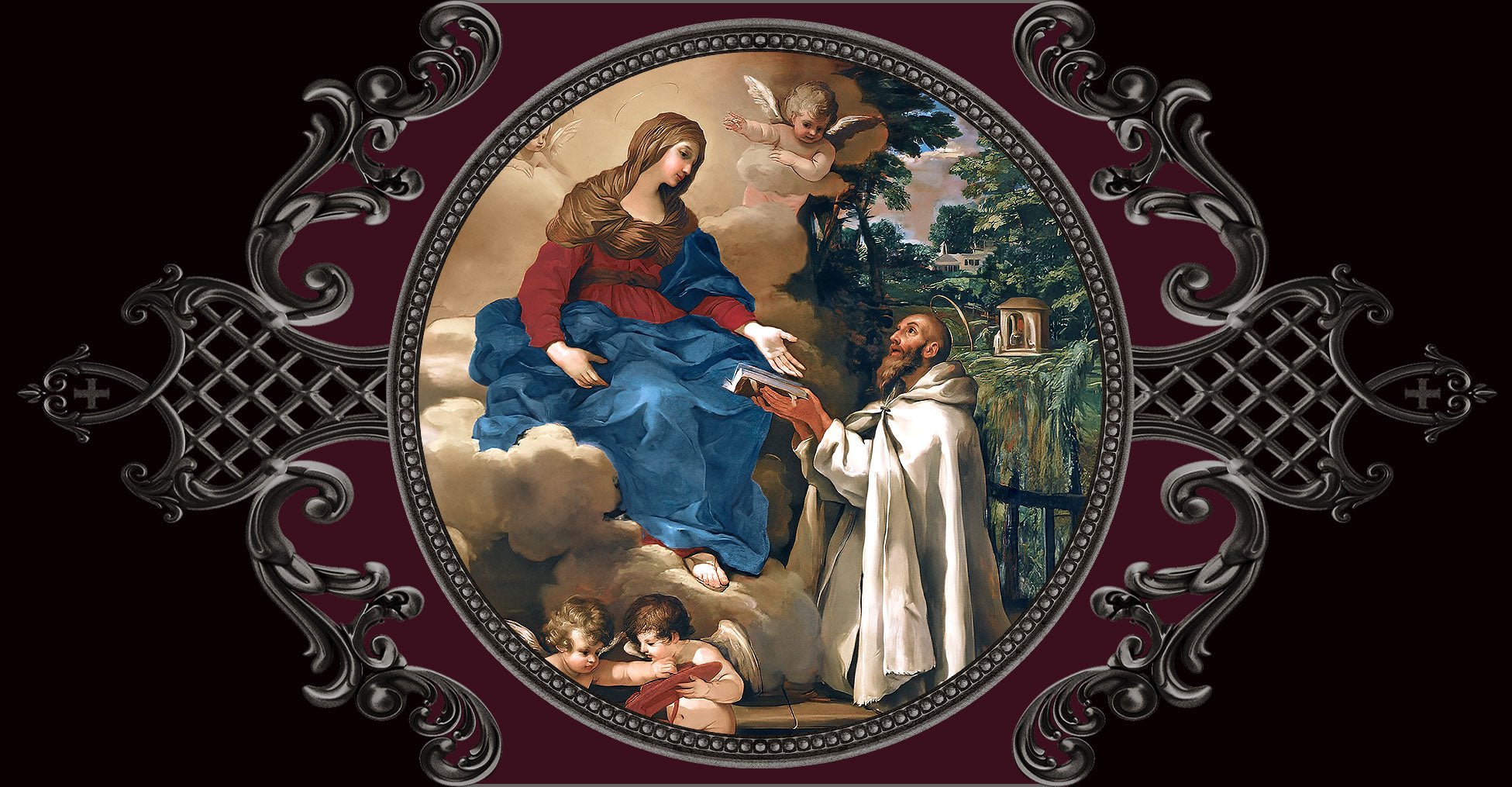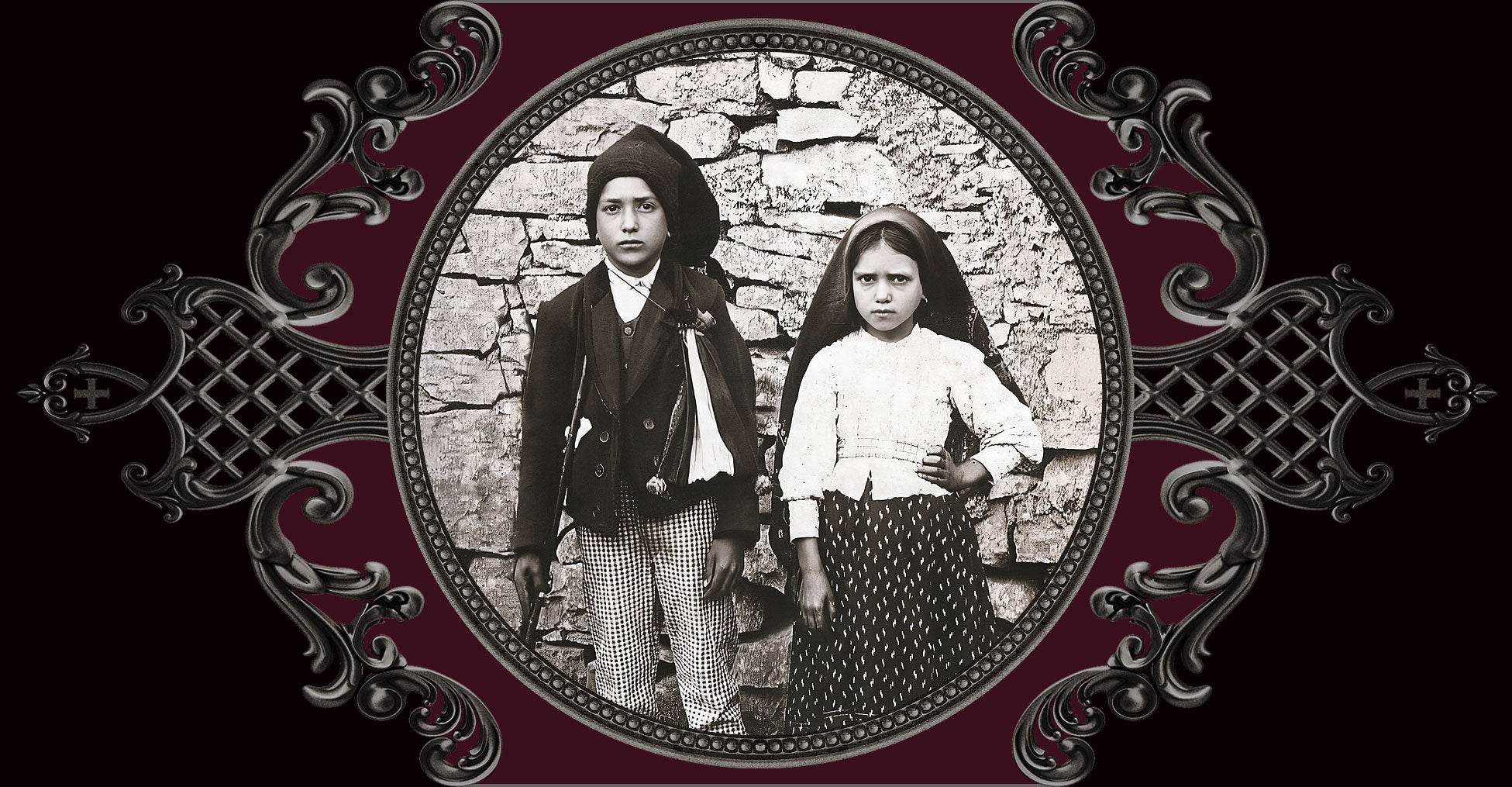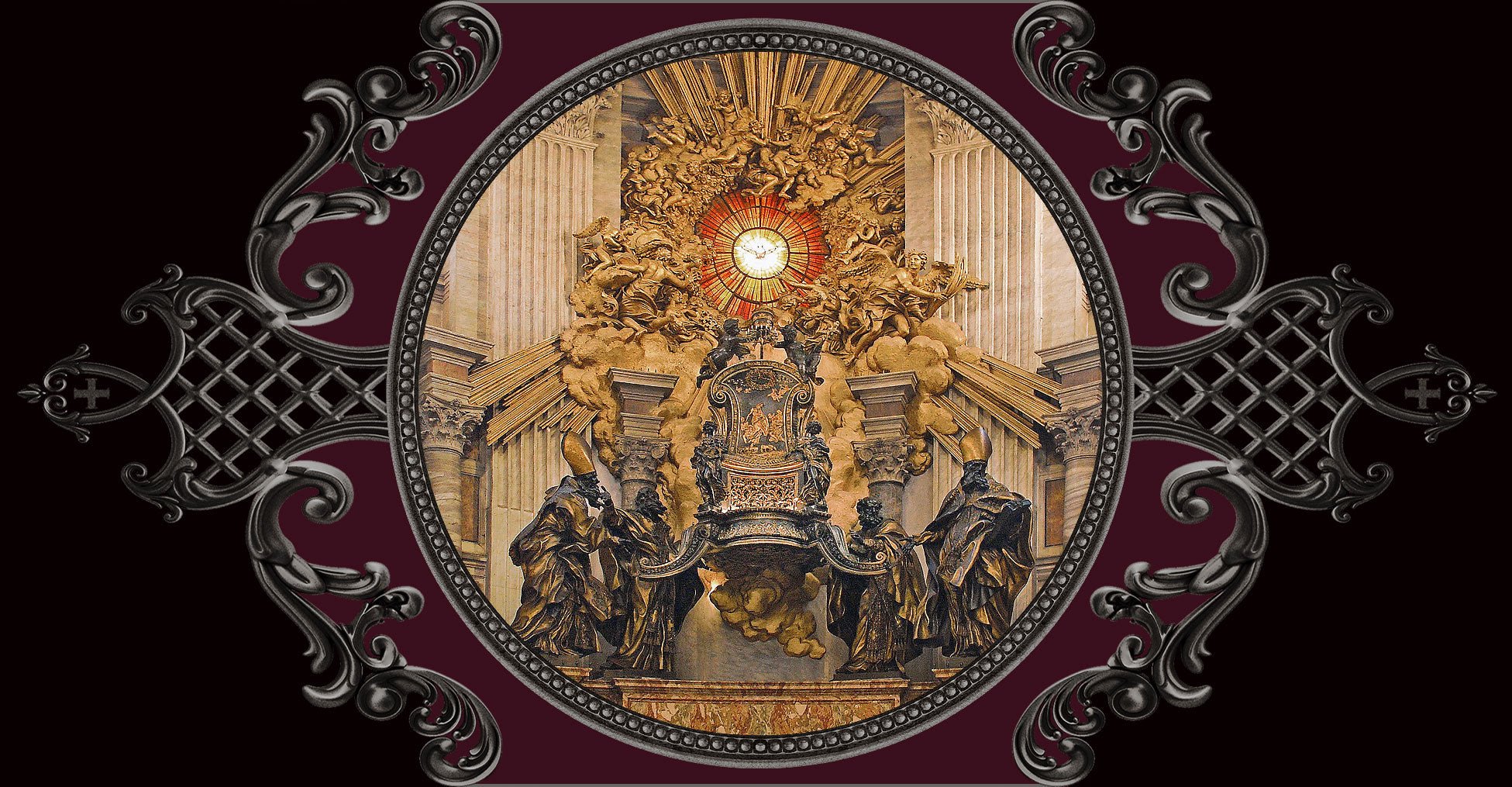
February 21 + Saint Peter Damian
Peter Damian was a Benedictine monk who strove to purify the Church during the early years of its second millennium. Pope Benedict XVI described him as "one of the most significant figures of the 11th century ... a lover of solitude and at the same time a fearless man of the Church, committed personally to the task of reform."
Born during 1007 in the Italian city of Ravenna, Peter belonged to a large noble family but lost both his parents early in life. An older brother took Peter into his household, yet treated him poorly. Another of Peter’s brothers, a priest, eventually took over to provide for his well-being and education, and the priest's own name, Damian, became his younger brother’s surname.
Peter excelled in school while also taking up forms of asceticism, such as fasting, wearing a hair shirt, and spending long hours in prayer with an emphasis on reciting the Psalms. He resolved to embrace voluntary poverty himself through the Order of Saint Benedict.
The monks he chose to join lived out their devotion to the Cross of Christ through a rigorous rule of life. They lived mainly on bread and water, prayed all 150 Psalms daily, and practiced many physical mortifications. Peter embraced this way of life somewhat excessively, which led to insomnia.
Deeply versed in the Bible and the writings of earlier theologians, Peter developed his own theological acumen and became a skilled preacher. The leaders of other monasteries sought his help to build up their monks in holiness. Five other hermitages were established under his direction.
A prolific correspondent, Peter wrote dozens of sermons, seven biographies (including one of Saint Romuald), and poetry. He preferred examples and stories rather than theory in his writings. The liturgical offices he wrote are evidence of his talent as a stylist in Latin.
Serious corruption plagued the Church during Peter's lifetime, including the sale of religious offices and immorality among many of the clergy. Through his writings and involvements in controversies of the day, members of the hierarchy and religious orders were called to live out their commitments and strive for holiness.
In 1057, Pope Stephen IX became determined to make Peter Damian a bishop, a goal he accomplished only by demanding the monk's obedience under threat of excommunication. Consecrated as the Bishop of Ostia, he also joined the College of Cardinals and wrote a letter encouraging its members to set an example for the whole Church.
With Pope Stephen's death in 1058, and the election of his successor Nicholas II, Peter's involvement in Church controversies grew. He supported Pope Nicholas against a rival claimant to the papacy, and went to Milan as the Pope's representative when a crisis broke out over canonical and moral issues. There, he was forced to confront rioters who rejected papal authority.
Peter, meanwhile, wished to withdraw from these controversies and return to the contemplative life. But Nicholas' death in 1061 caused another papal succession crisis, which the cardinal-bishop helped to resolve.
In 1067, Peter Damian was allowed to resign his episcopate and return to the monastery. Peter's last illness came upon him and he died with the monks gathered around him saying the Divine Office. He was declared a Doctor of the Church in 1828.



Leave a comment
This site is protected by hCaptcha and the hCaptcha Privacy Policy and Terms of Service apply.